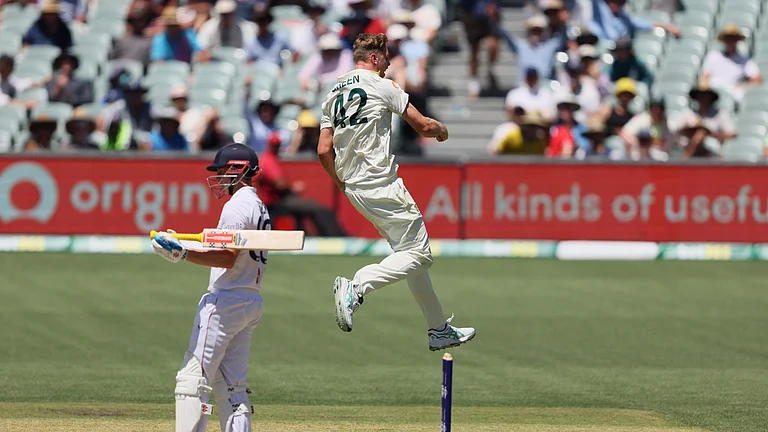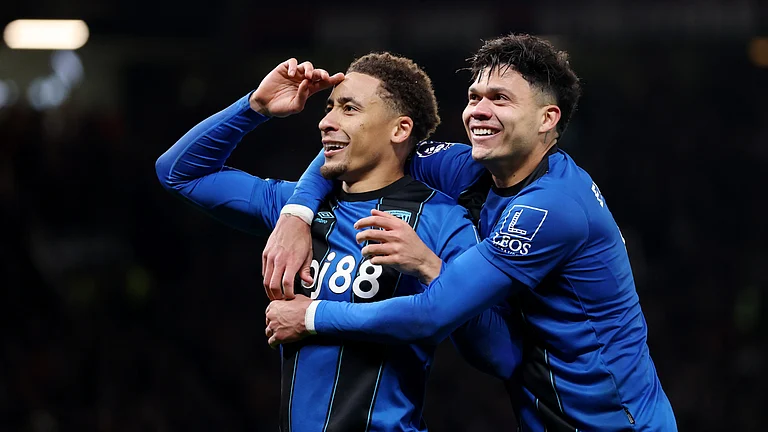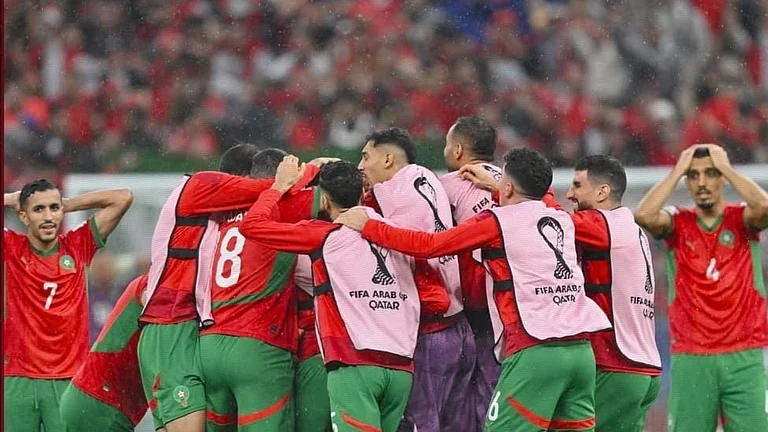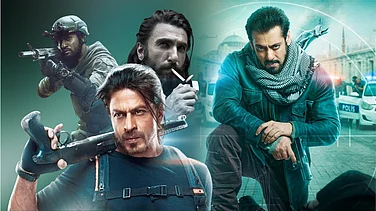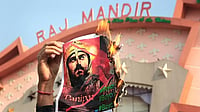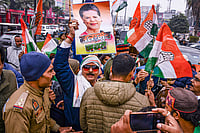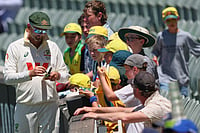Director Ravinder Siwach sat in front of his television screen as he saw on the news channels, the protests against the Citizenship Amendment Act (CAA) flare up. The riots spreading across Delhi's Eastern suburbs and the sit-down protest in Shaheen Bagh, stirred restlessness in him. That was the moment when the idea of his short film ' The Turban' was conceived. Based on the violence that occurred in East Delhi as a result of the anti-CAA, NRC protests, the story is centered around a man, who firmly believes in a secular nation.
"The protests affected me. I was born in Chandigarh, I have seen 1984 protests as a child in close quarters and then we saw what happened in Delhi. As a poet I strongly believe that arts have a responsibility to say something and it should not only be left to the politicians. This opportunity came and I decided to do this story. The story says that a person, a religion or a community can have two aspects. I think we have avoided everything that needed to be avoided and delivered what we wanted to say," he says.
Siwach adds, "As a creative person, you keep thinking and there are 50 stories in your mind and sometimes something clicks and you tell yourself 'I will do it like this'. I started as a poet and this kind of story really moved me and I wanted to pass off this message. Thoughts start in your mind and they keep brewing at the back of your head and one day it just clicks and you go ahead with it. That is how this whole thing come together."
When the Anti-CAA Protests erupted from North-East India, it spread like wildfire across the country. It was not just New Delhi, which witnessed voices of protest. Bangalore, Hyderabad, Kerala, West Bengal and many other parts of the country carried out a march against the Bill.
Many protest songs were composed by musicians and the movement also saw actors such as Prithviraj Sukumaran, Dulquer Salmaan voiced their opinion against it.
Author Nehal Ahmed was pursuing his MPhil in Delhi's Jamia Millia Islamia University, when the Anti-CAA, NRC protests picked momentum. He eventually published his book 'Nothing Will Be Forgotten'. The book is a collection of students' accounts during the protest.
Ahmed, brings an important perspective to forefront. He explains how art and literature simplify the reasons for protests for the public.
"If you are a E- Rikshawala, you don't have time to participate in protests but you can see that graffiti and you understand that. You won't be able to listen to politicians on stage all the time but you cannot ignore the songs. I believe it's very true that these things simplify and give you a reason to understand the issue," says Ahmed.
Ahmed recently finished his MPhil from the University and he clarifies, "I was there as student and the first thing about my book is that it was student perspective. It's not a research book. There are bits and pieces of research there to support my story... Simply, what I did was that, I was there and I wrote whatever I saw from day one to the last day."
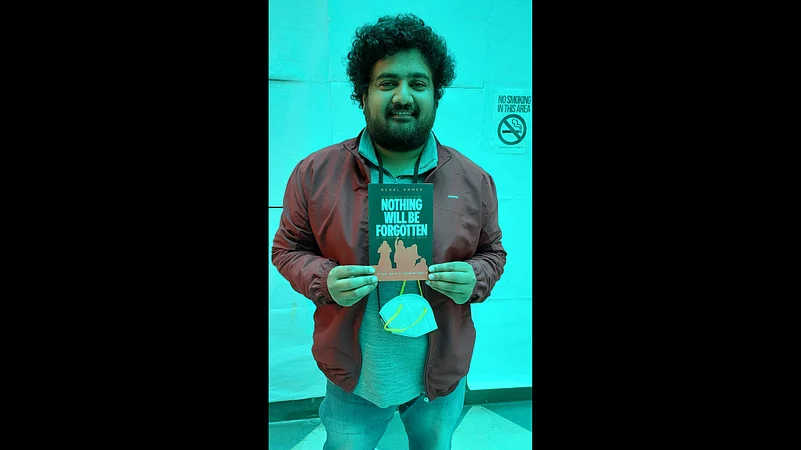
The concept of expressing protest through art was never a regular sight in India. While protests from stage were a common practice, the idea behind using art and filmmaking as a medium has come in recently.
Ahmed says, "In India especially, in the last few years, in any social movement, we have a very clear line between the political activities around social movement and we were only limited to that. If you read literature about other movements from across the world, there is a huge contribution of art, songs, graffiti but it was not in India. We had something, I think we bought from the Russian Revolution and it was only limited to Bengal, Kerala, JNU and Jadavpur University and some island spots. Though it was about educating the masses, in India it was limited to only elite society. With this protest, generalisation of things happened apart from stage protests. This was followed by other protests like the Farmers' Protest. All these common things were a binding force in the movement. Literature, art, documentary, and art in resistance became common for people."








